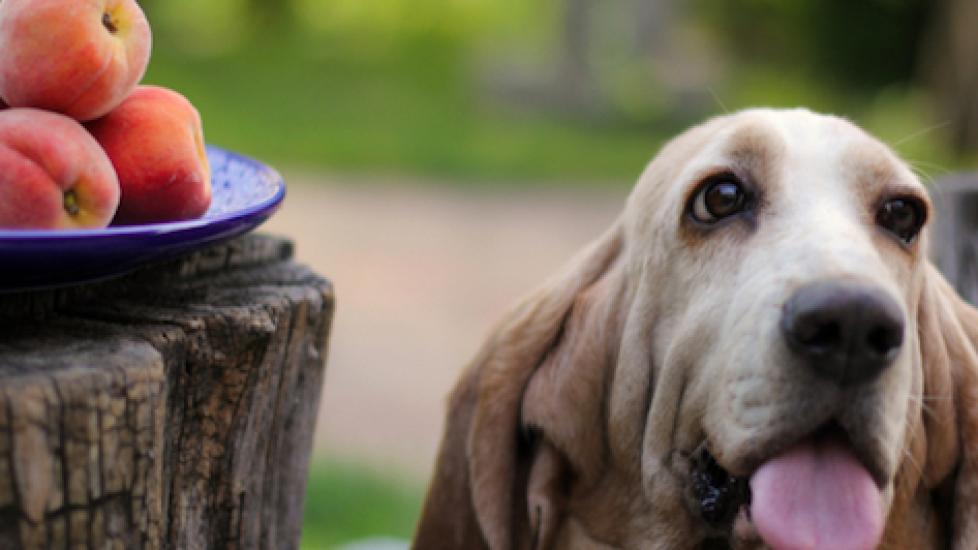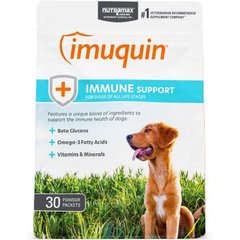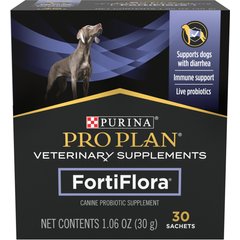6 Dangers of Stone Fruits for Dogs
By Hanie Elfenbein, DVM
Fruits and vegetables can be good for dogs (aside from dangerous ones for dogs, including grapes, raisins, onions, and garlic). Using fresh produce as treats can be a great low-calorie, high-nutrient way to reward your dog and add some variety to his diet. However, when the food has inedible parts, such as seeds, stems, and pits, they should be removed before offering a piece to your dog. While peaches, nectarines, and cherries are staples of summer, the “stones” in stone fruits can cause lots of problems for your dog.
- Teeth: Anything that is as hard or harder than your dog’s teeth can fracture them. For example, cherry stones are very hard, and if the whole fruit is fed to your dog, he may bite right into the seed and break a tooth. Fractures that reach the gumline mean the whole tooth needs to be extracted because of high risk of infection and even disease of the jaw bone. Fractures can be very painful.
- Esophagus: Some types of pits have rough edges that can damage the esophagus. The esophagus has a very sensitive lining that can be eroded away by physical or chemical injury, leading to esophagitis or an esophageal ulcer. Both of these conditions can make a dog too uncomfortable to eat. A full tear is very painful and could lead to serious complications like pneumonia. Though the esophagus is stretchy, seeds that are large relative to the size of the esophagus can get stuck as the muscular layer of the esophagus tries to push the object toward the stomach. A seed or pit that gets stuck can cause long-lasting damage. As the body heals following removal of the object, it may form scar tissue, which is much less stretchy than normal esophagus. This is called an esophageal stricture, meaning that the tissue in that region is less able to distend as food is swallowed. A stricture can make it difficult or painful for food to pass. Signs include gagging, vomiting and regurgitation, lethargy, and not eating, among others.
- Obstruction: If the pit makes it into the stomach, it could get stuck there or anywhere down the line in the intestines. It then becomes a foreign body obstruction. The same thing can happen if too many small pits (like from cherries) are swallowed. Foreign body obstructions often require surgery. Signs of a foreign body include vomiting, diarrhea, abdominal pain, and decreased or absent appetite. This is the most commonly reported adverse result of ingesting fruit pits and seeds. Do not assume that your dog is less at risk if he is very small or very large. If your dog does consume indigestible components of fruit, it is worth consulting your veterinarian.
- Cyanide poisoning: According to veterinary toxicologists (specialists who study the effects of toxic or poisonous materials), it requires many pits to cause signs of concern. The exact number required to produce cyanide toxicity depends on the size of the dog and whether the dog chews the pit. The cyanide-containing material is in the kernel, the true seed at the center of the pit. In order to be released, dogs must either chew the pit or ingest broken pits. Cyanide toxicity can be deadly in only a few minutes. If only a small amount is consumed, signs of cyanide toxicity include salivation, rapid or difficulty breathing, and even convulsions and paralysis. The gums turn bright cherry red, indicating that the oxygen in the blood cannot be released to the cells, essentially causing suffocation. Cyanide toxicity is a medical emergency. Call your veterinarian as you drive your dog to the hospital so that they can have supplies ready to start treatment.
- Molded seeds or fruit: Some types of mold are harmless whereas others can cause illness ranging from gastrointestinal upset to liver failure to tremors and seizures. The pit may be moldy even if the fruit is still fresh—another reason to open the fruit and only give the flesh to your dog.
- Rotting fruit: When fruit rots, it can ferment. Fermentation changes sugars in the fruit into alcohol. There are many reports of wild animals getting drunk eating their fill of fermenting fruit in orchards, including this unfortunate moose. This type of intoxication is unlikely to affect your pet unless she gets loose in an orchard.
While these scenarios are scary, they are easily avoided by cutting up fruit and only offering the flesh to your dog. Treats of any kind should make up no more than 10 percent of a dog’s total caloric intake, according to veterinary nutritionists. If you want to be able to feed your dog off of your plate, fruits and veggies are the way to go. Just be sure and prepare them properly so your dog can enjoy them safely.
Vet Recommended Health Support
- Nutramax Imuquin Immune Support Powder Immune Supplement for Dogs, 30 count$24.99Chewy Price
- Purina Pro Plan Veterinary Diets FortiFlora Powder Probiotic Digestive Supplement for Dogs, 30 count$30.99Chewy Price
- Purina Pro Plan Adult Sensitive Skin & Stomach Salmon & Rice Formula Dry Dog Food, 16-lb bag$54.48Chewy Price
- Virbac Epi-Otic Advanced Ear Cleaner for Dogs & Cats, 4-fl oz bottle$12.34Chewy Price




